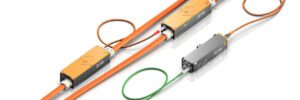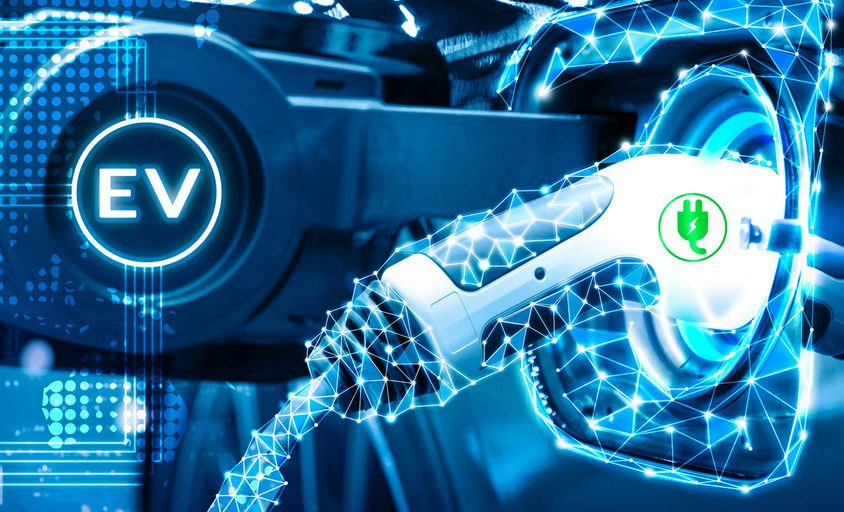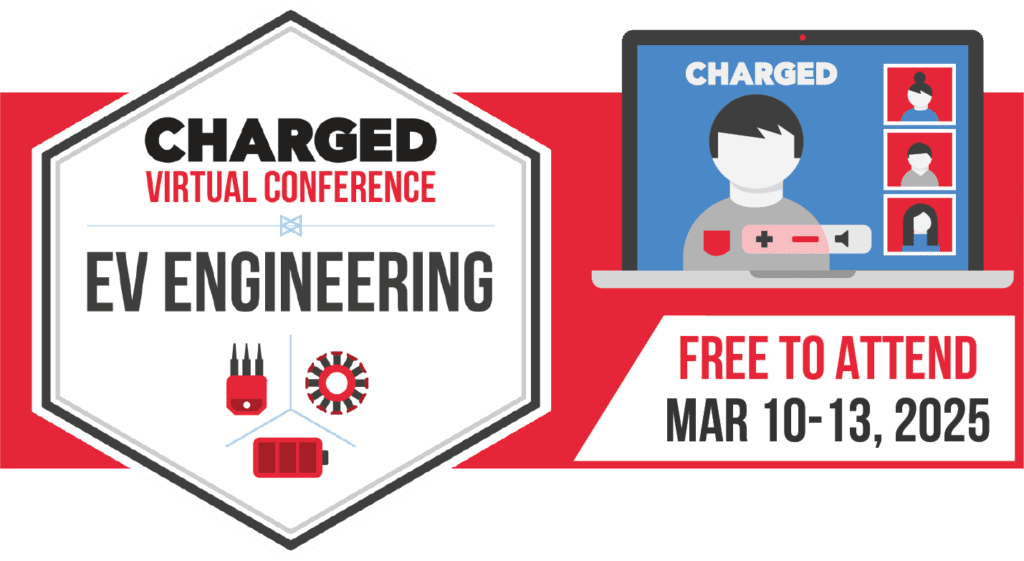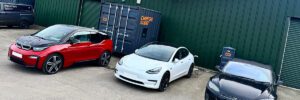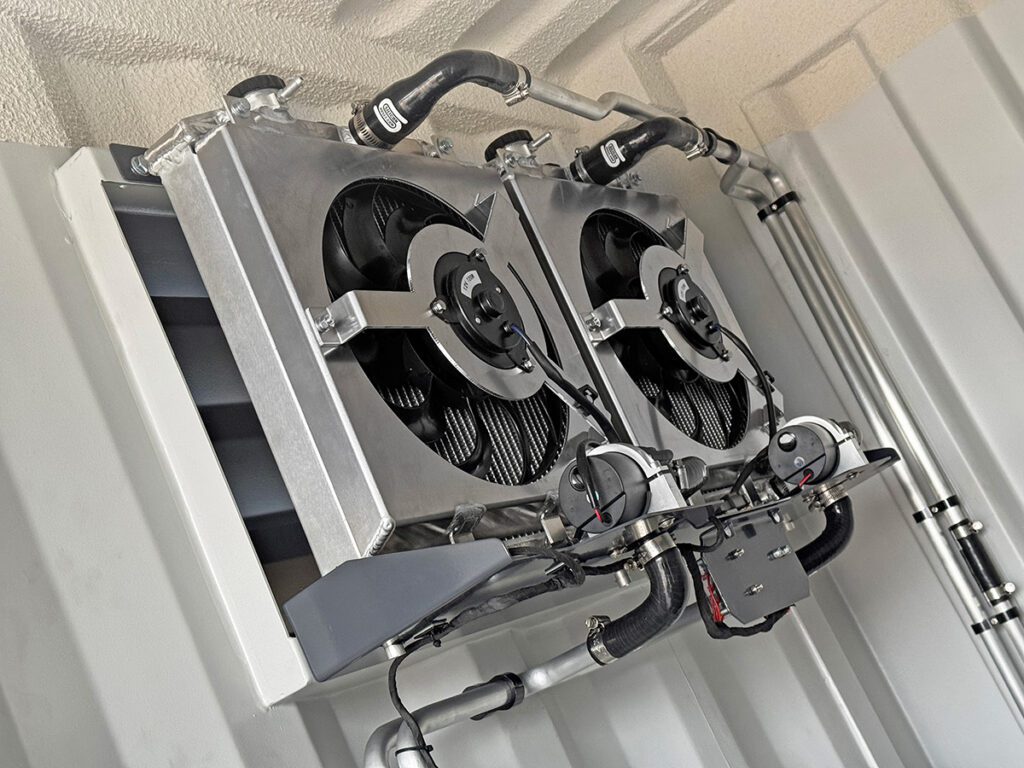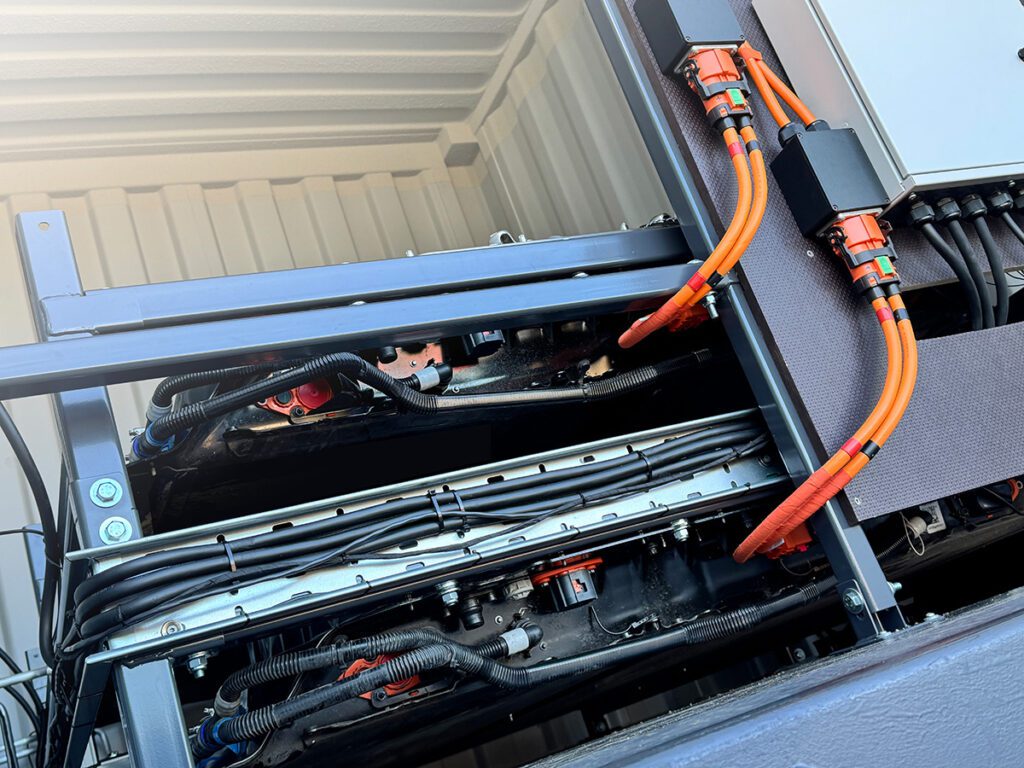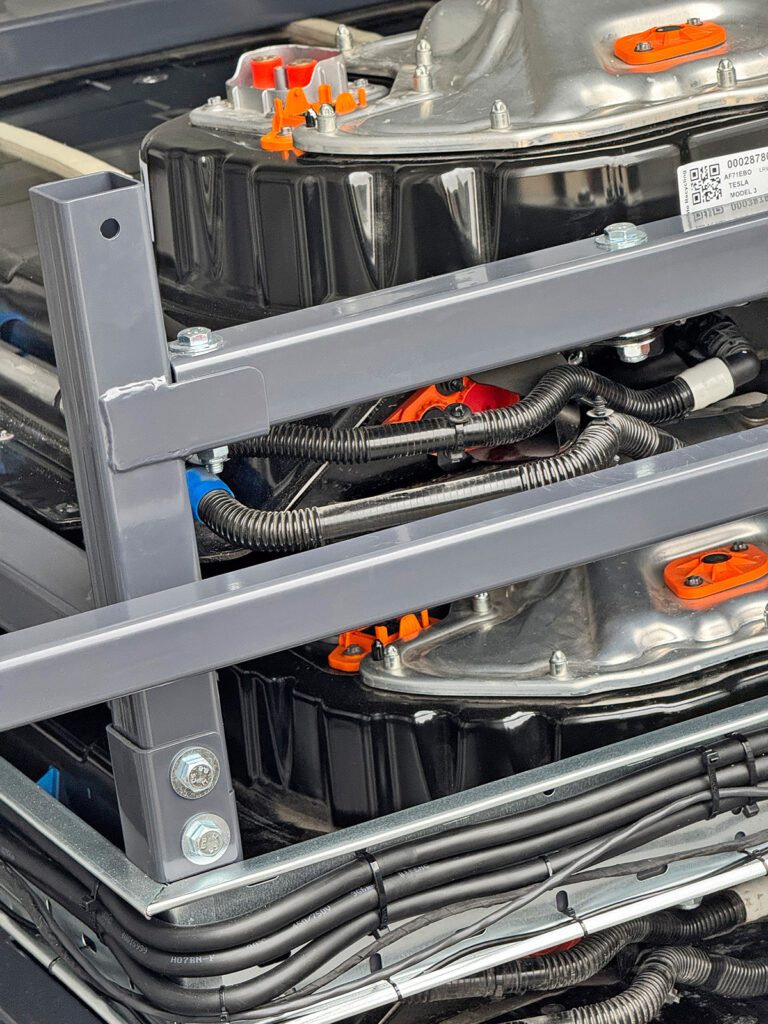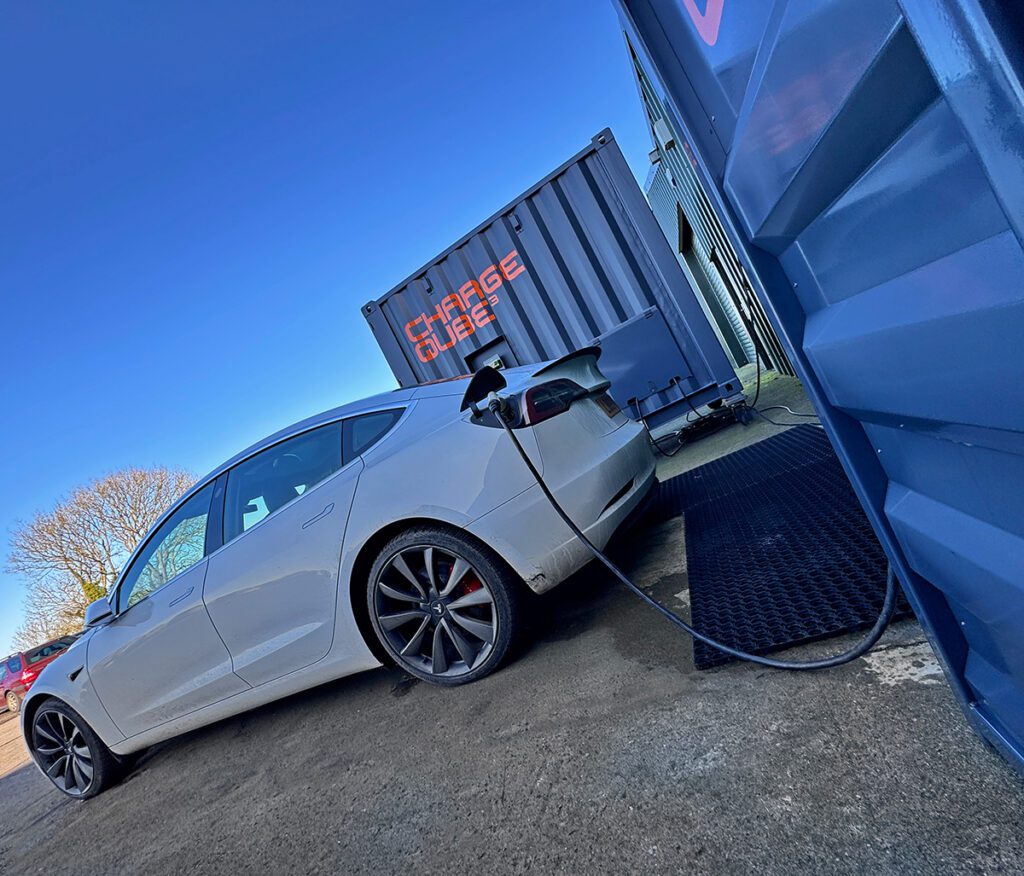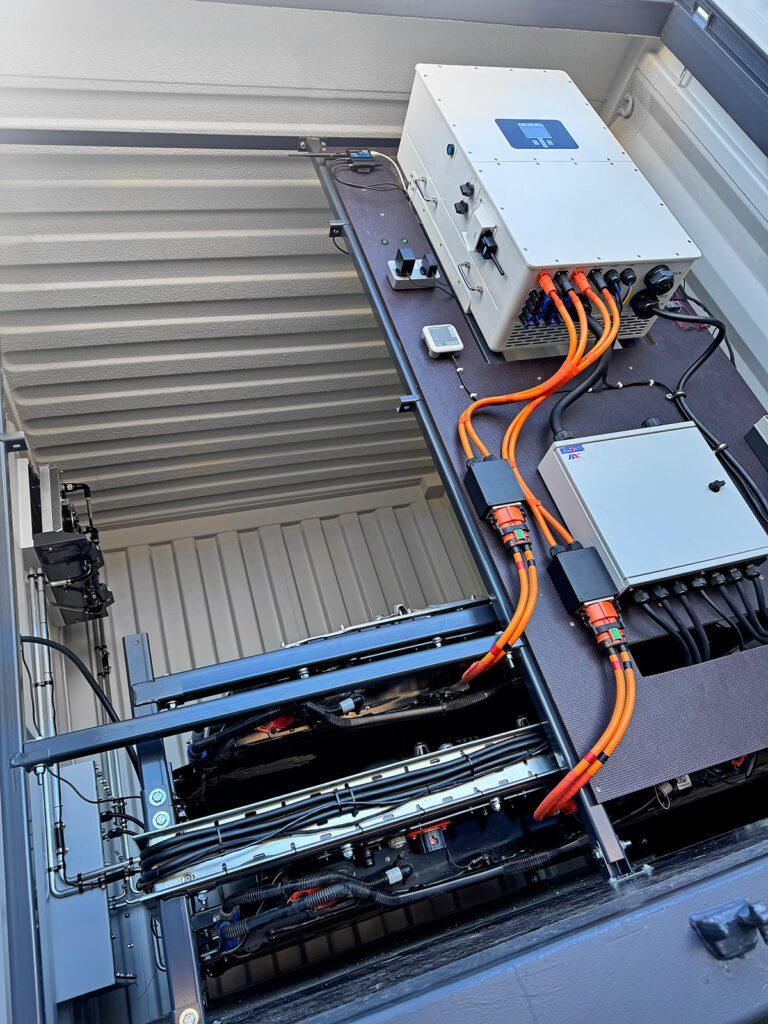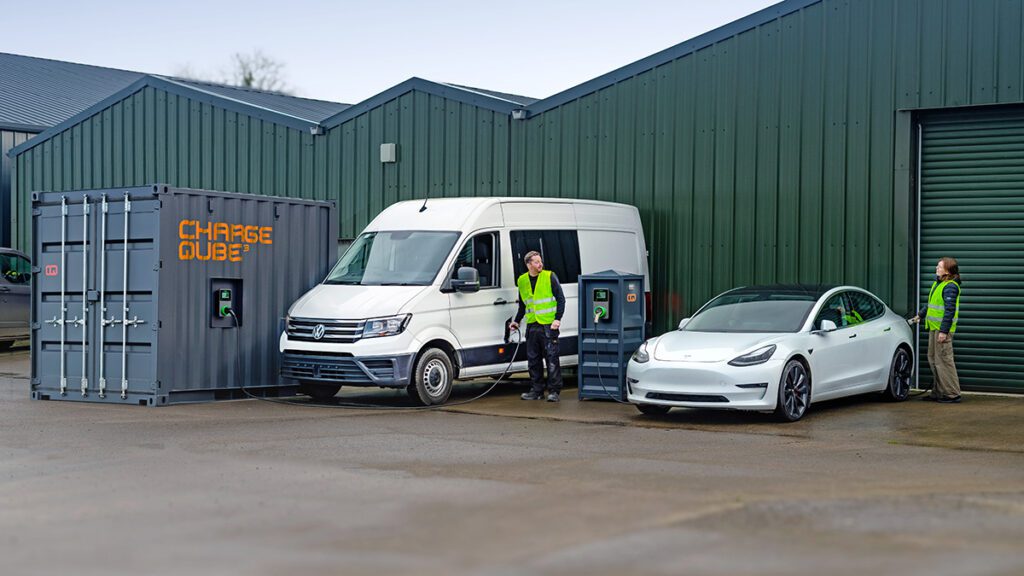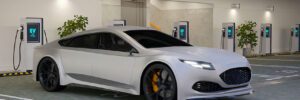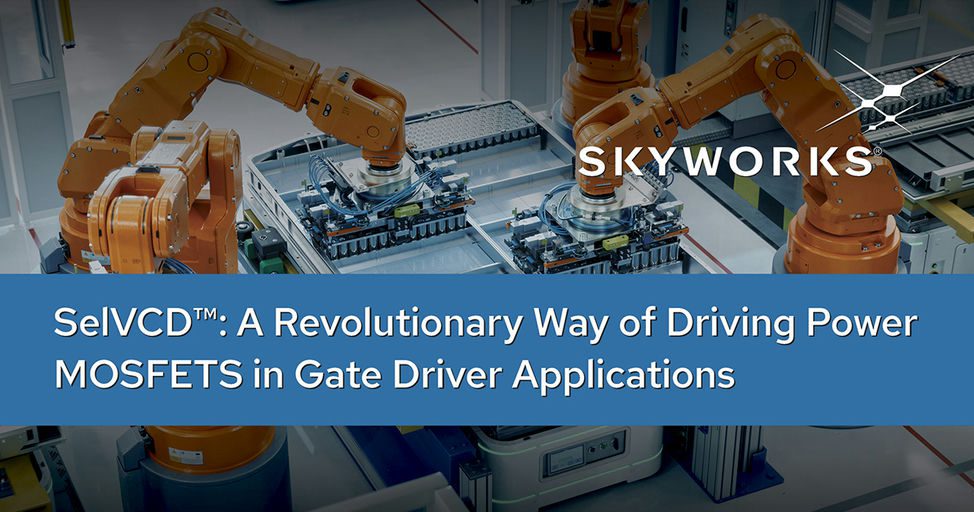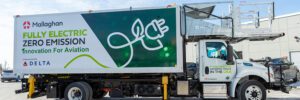Tesla is once again shaking up the transportation industry—this time with plans to enter the ride-hailing market. The EV giant has applied for a transportation charter-party carrier permit in California, signaling its intent to launch a ride-hailing service that could rival Uber, Lyft, and even Waymo’s autonomous taxis. But what does this mean for Tesla owners, the EV industry, and the future of mobility?
According to a Bloomberg report, Tesla has filed the necessary paperwork with the California Public Utilities Commission (CPUC) to operate a ride-hailing fleet. This move aligns with CEO Elon Musk’s long-standing vision of turning Tesla vehicles into self-driving taxis, a concept he has teased for years under the “Tesla Network” branding.
However, unlike Waymo’s fully autonomous robotaxi service, Tesla will likely start with human drivers. Electrek reports that Tesla has not yet applied for the necessary permits to operate fully driverless vehicles, indicating that human-driven Teslas will power the initial rollout.
A Step Toward an Autonomous Future
Tesla’s ultimate goal is clear: a fleet of fully autonomous Teslas operating as robotaxis. Musk has previously suggested that Tesla owners will be able to send their cars out to earn money when not in use, reducing the cost of ownership. The recent unveiling of the Tesla Cybercab, a prototype designed for autonomous ride-sharing without a steering wheel or pedals, further supports this ambition. Wikipedia states that production of the Cybercab is expected to begin before 2027.
However, despite Musk’s confidence in Tesla’s Full Self-Driving (FSD) capabilities, the company has yet to gain regulatory approval for driverless operations. The National Highway Traffic Safety Administration (NHTSA) and CPUC require extensive testing and compliance before autonomous services can hit public roads, a process that has slowed Tesla’s timeline.
Competition and Market Impact
Tesla’s ride-hailing entry comes at a time when the transportation industry is evolving rapidly:
- Uber and Lyft remain dominant players in traditional ride-hailing, but both have struggled with profitability and driver retention.
- Waymo and Cruise have already launched fully driverless taxis in select cities, giving them a head start in the autonomous vehicle race.
- EV adoption is rising, making Tesla’s brand recognition and vast Supercharger network a potential competitive advantage.
If Tesla can successfully launch its ride-hailing service, it could redefine vehicle ownership. The ability to let your car “work” for you might make Tesla vehicles even more appealing, especially if Musk’s promised “robo-taxi” revolution comes to life.
Challenges Tesla Faces
While Tesla’s vision is ambitious, several challenges remain:
- Regulatory Hurdles: Obtaining the necessary approvals for ride-hailing and eventual driverless operations will take time.
- FSD Development: Tesla’s Full Self-Driving software still requires driver supervision and has faced criticism for safety concerns.
- Market Adoption: Competing with established ride-hailing services and convincing Tesla owners to rent out their cars may prove challenging.
According to Business Insider, experts believe that while Tesla’s plan is viable, achieving full autonomy at scale is still years away.
Final Thoughts
Tesla’s ride-hailing ambitions could disrupt the transportation industry in a way we haven’t seen since the rise of Uber. Whether it succeeds or not, one thing is certain—Tesla is pushing the boundaries of what’s possible in mobility, and the ride-sharing industry may never be the same.
Would you trust a fully autonomous Tesla taxi? Let us know your thoughts in the comments! 🚗⚡


